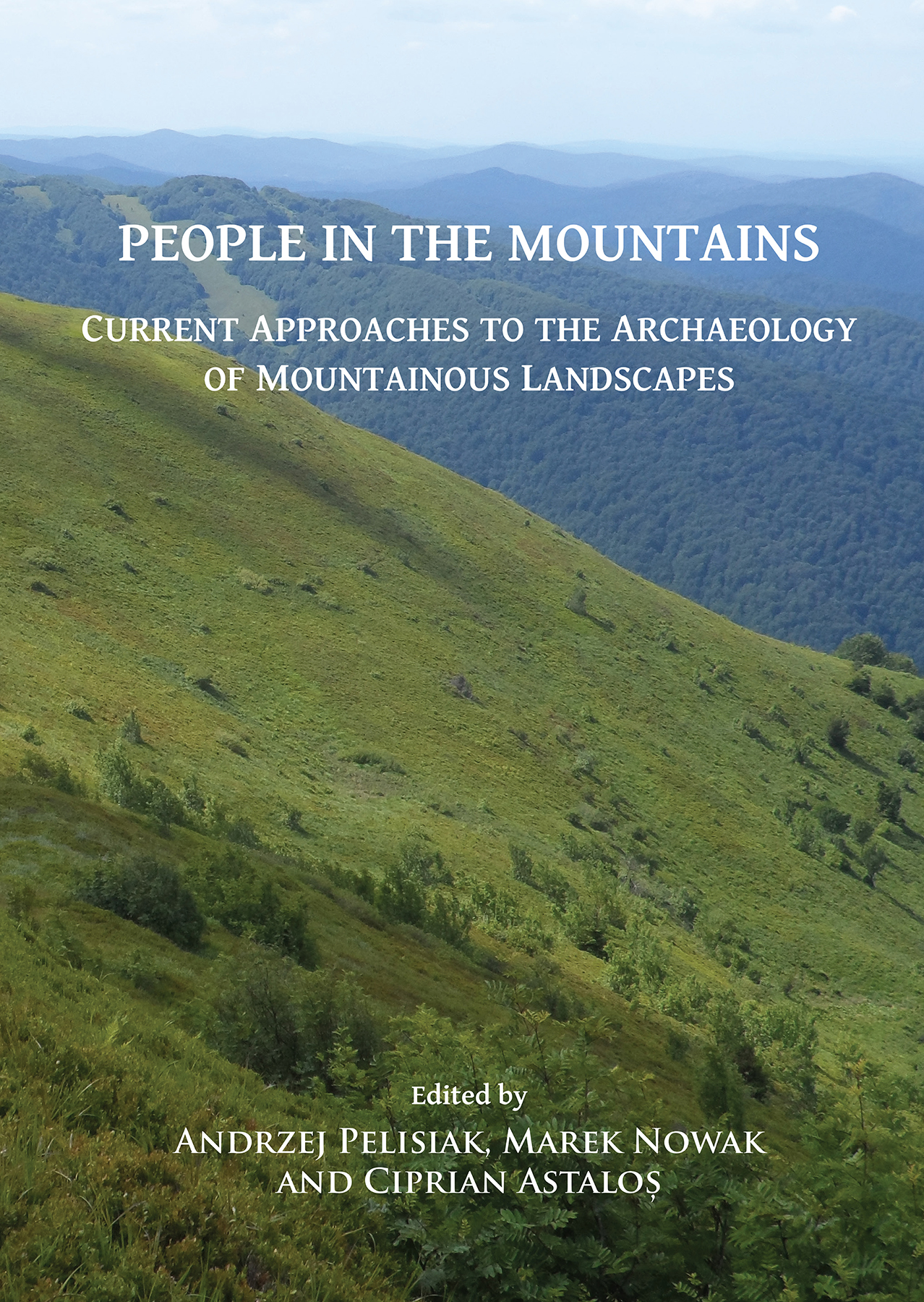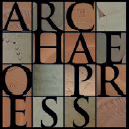
Publishing Scholarly Archaeology since 1997

Download Sample PDF
H 290 x W 205 mm
234 pages
Illustrated throughout in colour and black & white (45 colour plates)
Published Mar 2018
ISBN
Paperback: 9781784918170
Digital: 9781784918187
Keywords
Prehistory; Neolithic; Southeast Europe; Mountains; Mountainous landscapes; Land use; Farming; Early Farmers
People in the Mountains: Current Approaches to the Archaeology of Mountainous Landscapes
Edited by Andrzej Pelisiak, Marek Nowak, Ciprian Astaloș, Ciprian Astalos
Paperback
£35.00
Includes PDF
PDF eBook
(personal use)
£16.00
PDF eBook
(institutional use)
£35.00
This book studies current approaches to the archaeology of mountainous landscapes, presenting research results from different scientific contexts. To discuss these issues, and to study different aspects of human activity in the mountains and adjacent regions it incorporates archaeological, botanical, zooarchaeological and ethnological information.
Contents
Introduction – by Andrzej Pelisiak, Marek Nowak and Ciprian Astaloş; The mountainous landscape as a viable alternative for the Neolithic – by Paweł Valde-Nowak; From people to landscapes. The Fluturnum Project: Archaeology and anthropology in the Tasso-Upper Sagittarius valley (Italy, The Province of L’Aquila – AQ) – by Francesca Romana Del Fattore, Anna Rizzo and Alessandro Felici; Long-range versus short-range prehistoric pastoralism. Potential of palaeoecological proxies and a new record from western Emilia, northern Apennines, Italy – by Lionello F. Morandi and Nicholas P. Branch; An archaeology of the mountains in Maramureș, Romania: the beginning of a long-term project – by Radu-Alexandru Dragoman, Dan Pop, Bogdan Bobînă, Marius Ardeleanu, Călin Şuteu and Ciprian Astaloş; Carpathians: barrier or border? Tiszapolgár, Bodrogkeresztúr, Petreşti and Trypillia-Cucuteni Cultures – by Taras Tkachuk; The settlement and economy of the prehistoric communities of the Zvolen Basin and surrounding areas in the Western Carpathians (Slovakia) – by Noémi Beljak Pažinová; Recent discoveries in the High Bieszczady Mts. – by Andrzej Pelisiak; Pollen indications of human activity in the Polish Western Carpathians during the Neolithic period – by Marek Nowak; The settlement of the Corded Ware Culture and early phases of the Mierzanowice culture in the Carpathian Mountains – by Paweł Jarosz; Re-fitting the Past – Urn Graveyards in the Carpathian Foothills – by Marta Korczyńska and Klaus Cappenberg; The Sudetic resource base in the economy of early medieval societies – by Ewa Lisowska; Beginnings of mountain settlement in Czech Republic – a case study from the Bohemian Forest – by Katarína Kapustka, Matthew Walls and Jan Eigner; An Approach to understand the significance of the Cultural landscape of the tribes of Arunachal Pradesh, Northeast India – by Bina Gandhi Deori; Fog, mountain and desert: human-environment interactions in Lomas de Lachay, Peru – by Piotr Kalicki, Tomasz Kalicki and Piotr Kittel

 Add to wishlist
Add to wishlist
